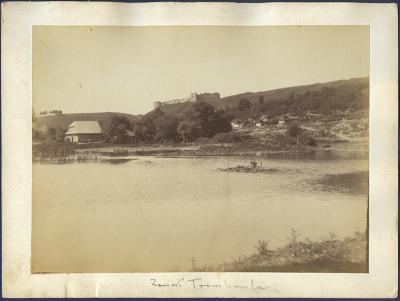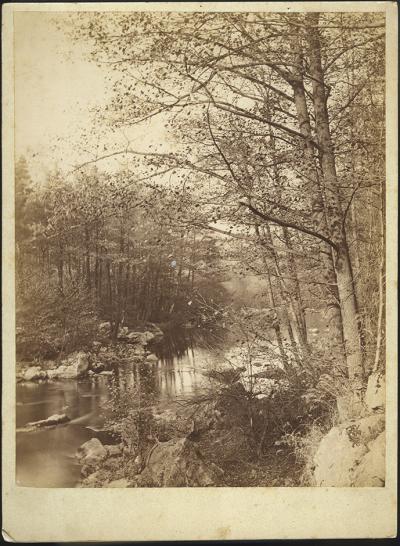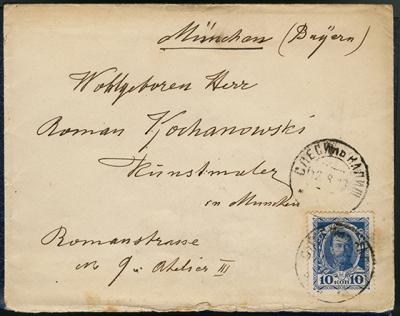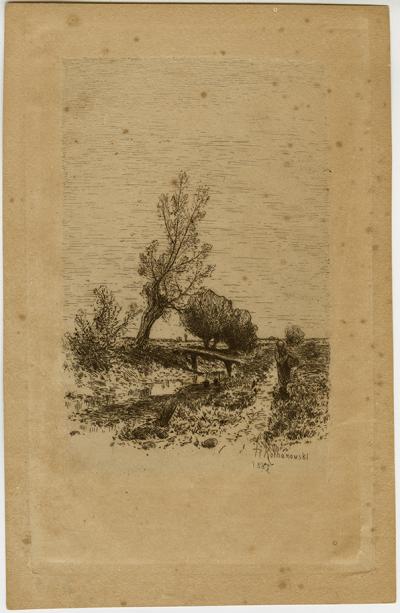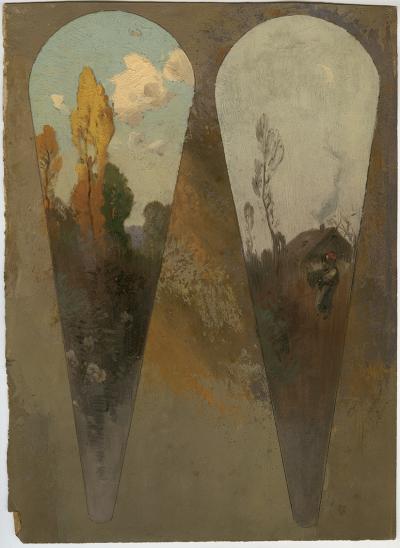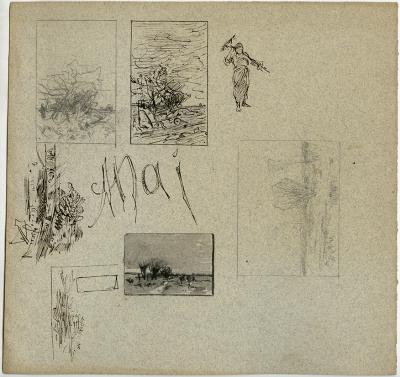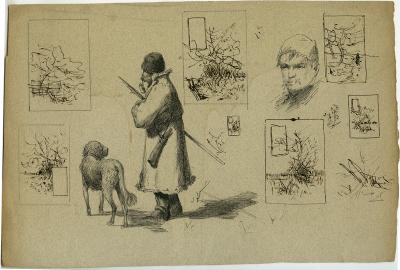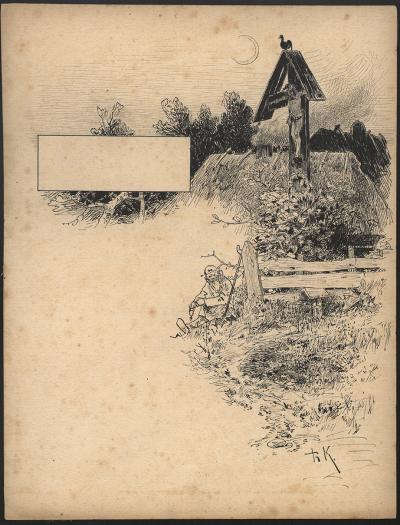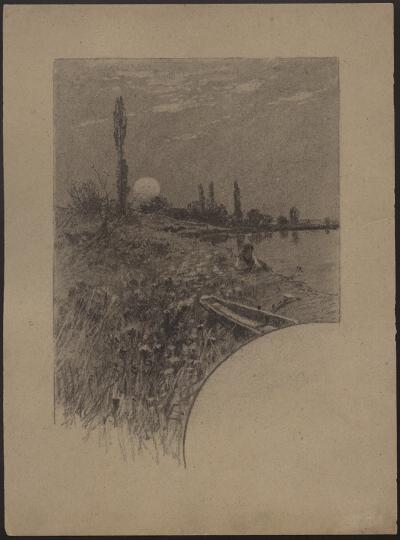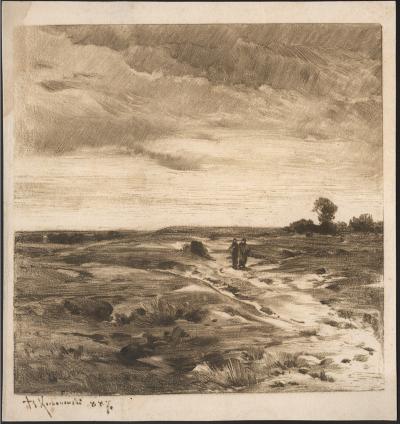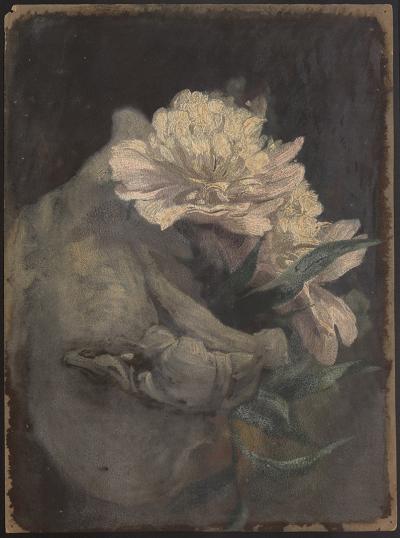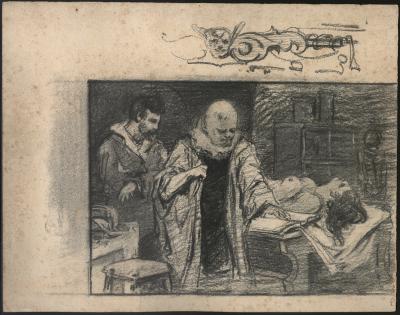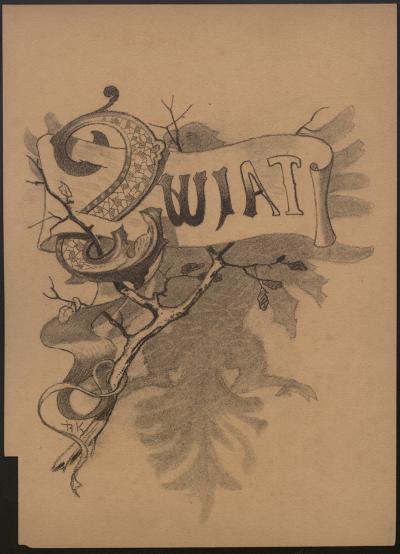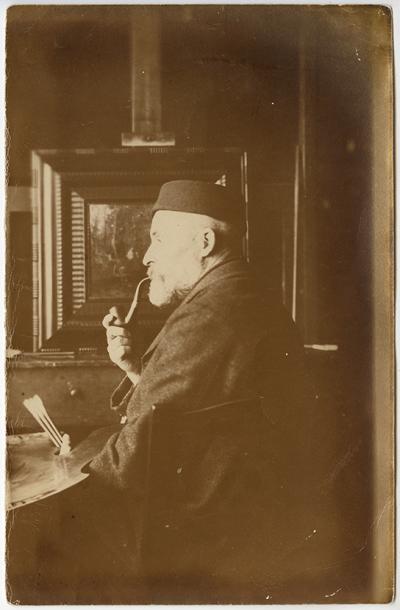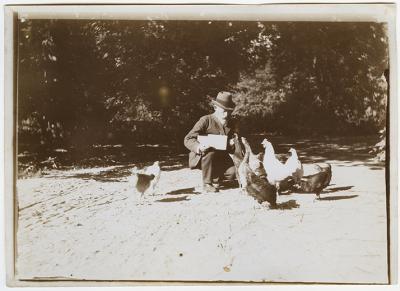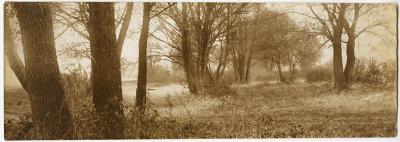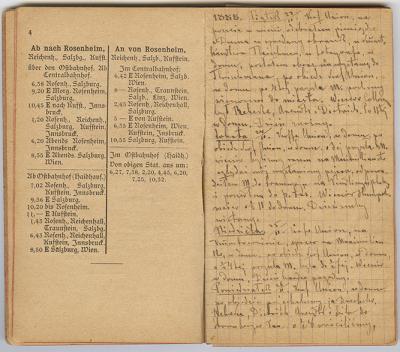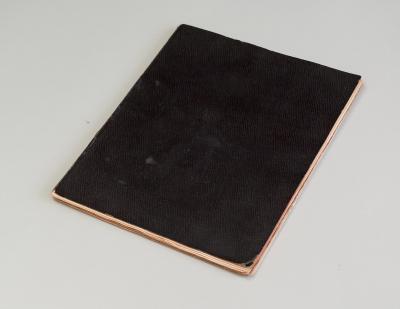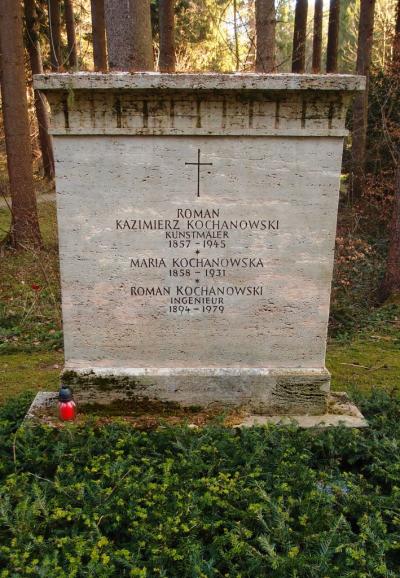Roman Kochanowski (1857-1945) - the last “Münchener” from Poland
Mediathek Sorted

In 1874, he enrolled in Christian Grippenkerl’s class and in the class held by the landscape painter Eduard Lichtenfels. Financial problems in his family meant that Kochanowski’s early years of study were anything but easy. As a result, he made every effort to be independent as quickly as possible. He sold his first pieces and took part in exhibitions in Kraków, Warsaw (Warszawa) and Lemberg (Lwów; today Lwiw in the Ukraine). In 1881, after completing his studies, he decided to go to Munich. For decades, the city had attracted generations of aspiring artists. A few years after Kochanowski had settled in the Bavarian metropolis, his younger colleague Marian Trzebiński remembered their time at the Kraków art school: “time and again, some ‘Münchener’ would pop up (…) and tell us about the wonders of Munich (…). Just paint and sell. On top of that, life was fantastically cheap .”[6] The well developed art market, its high standard and the lively exhibition scene had a powerful attraction on Kochanowski as well. In Munich, he began to work for himself instead of continuing his studies. He sent his pictures to exhibitions in Vienna and Berlin and also exhibited in Munich and Poland. Then in 1888, he celebrated a win when Emperor Franz Joseph acquired his painting “Polish Winter” (Zima w Polsce)[7]. A few years later, the monarch again purchased one of his works, this time the painting “Autumn” (Jesień).[8] Kochanowski created many paintings around this theme.
In 1888, during a brief stay in Paris, the artist got to know the works of the painter Jean Baptist Corot and the works of other representatives of the Barbizon School, which, as often emphasised, had an influence on his creativity. [9] Kochanowski did not travel to any other European centres of art. But he did visit Kraków regularly and he wandered through the meadows and the moors in the countryside around Munich, which was then reproduced on his canvases, supposedly as the wetlands in Mazovia or in the Kraków region. In his memory he stored impassable areas, small towns inhabited by poor people, landscapes that were picturesque in their melancholy and inconspicuousness, and later put them into pictures.
One of the longest journeys that Roman Kochanowski undertook was a trek along the border in south-eastern Galicia. The aim of this journey was to prepare drawings of geographically and historically interesting places. Subsequently, Emperor Franz Joseph commissioned the multi-volume monography “Austrian-Hungarian Monarchy in Words and Pictures“, which contained numerous descriptions and illustrations of its regions. Roman Kochanowski and other Polish artists, such as Julian Fałat, Wojciech Kossak and Piotr Stachiewicz, created illustrations for the volume dedicated to Galicia. [10] At the time, Kochanowski had been working for some time as an illustrator and front cover designer for the society and culture magazine “Świat” (The World), which was founded in Kraków in 1888. The person largely responsible for this engagement was Piotr Stachiewicz, who was a very important person to Kochanowski and with whom he was friends and shared common ideas and interests. Reproductions of Kochanowski’s pictures also appeared in two other Polish weekly magazines, in “Biesiada Literacka” (Literary Round Table) and in “Tygodnik Ilustrowany” (Illustrated Weekly Magazine).
[6] Marian Trzebiński, Pamiętnik malarza, Wrocław 1958, p. 52.
[7] The painting is unknown. No further information is available. More on the purchase can be read in: Trościanko, op. cit., p. 38.
[8] Ibid, p. 40. No further information is available for this painting either.
[9] “Die Münchner Schule 1850–1914”, Exhibition catalogue, Munich 1979, p. 258; Halina Stepień, Artyści polscy w środowisku monachijskim 1856–1914, Warsaw 2003, p. 170; Trościanko, op. cit., p. 38.
[10] Piotr Stachiewicz (1858–1938), Polish painter and illustrator, studied in Munich from 1883 to 1885 and subsequently worked in Kraków. His series of paintings “Królowa Niebios. Legendy o Matce Boskiej” (Queen of Heaven. The legend of Mary) made him very popular.

















































































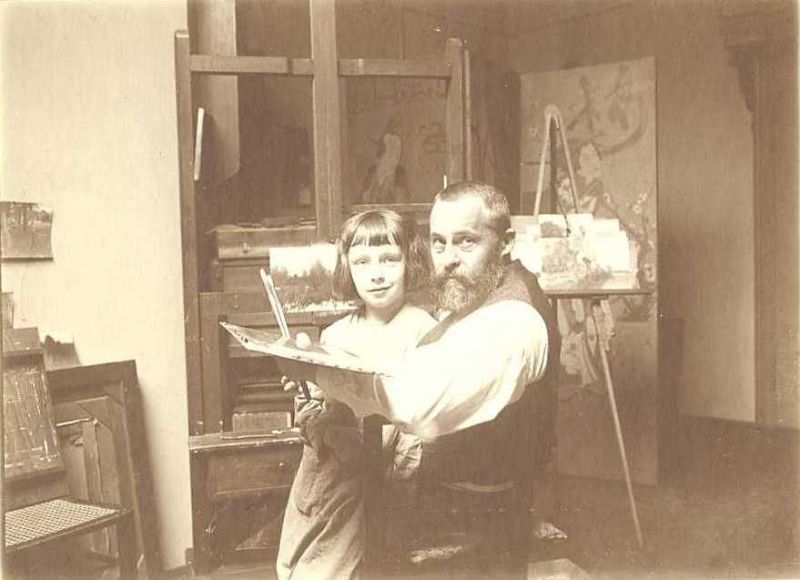
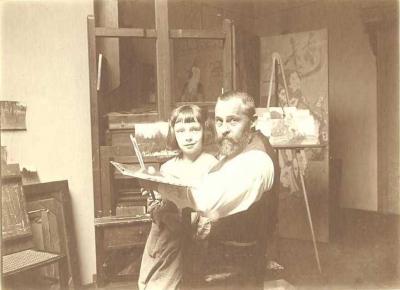
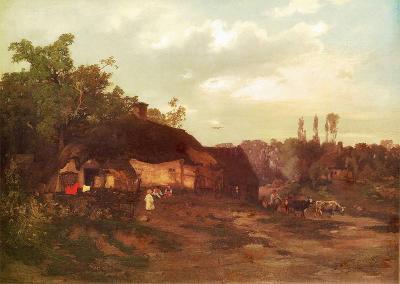
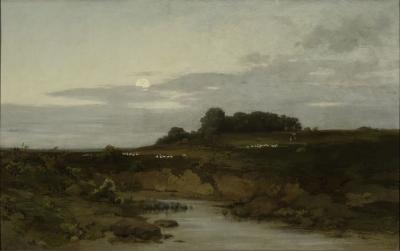
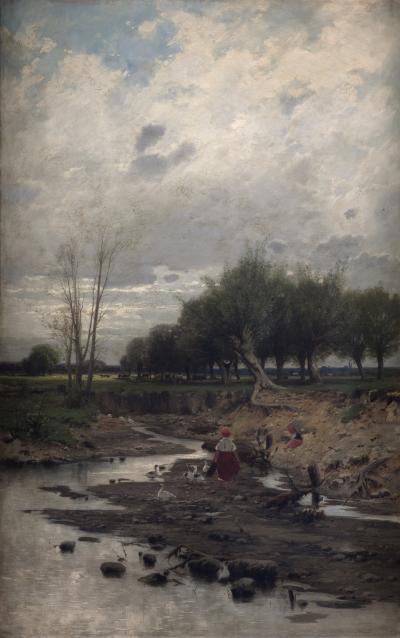
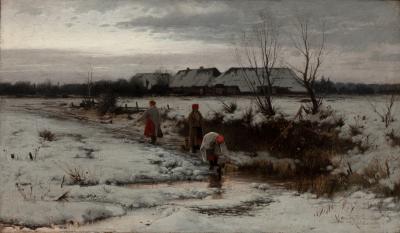
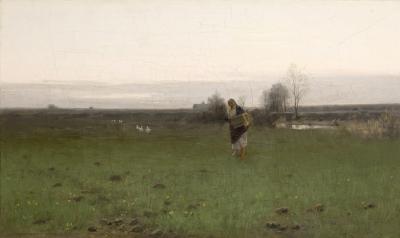
![Roman Kochanowski, Dorflandschaft [in winter] Roman Kochanowski, Dorflandschaft [in winter] - Roman Kochanowski, Dorflandschaft [im Winter], 1896, oil on paper, 102 x 29 cm](/sites/default/files/styles/width_100_tiles/public/assets/images/6.%20koch-1_R.%20Kochanowski%2C%20Pejzaz%CC%87%20wiejski%2C%20olej%2C%20papier%2C%2029x102%20cm.jpg?itok=hOUiRVi4)
![Roman Kochanowski, Dorflandschaft [mit Weiden] Roman Kochanowski, Dorflandschaft [mit Weiden] - Roman Kochanowski, Dorflandschaft [mit Weiden], 1896, oil on paper, 17.7 x 23 cm](/sites/default/files/styles/width_100_tiles/public/assets/images/7.%20koch-2_R.%20Kochanowski%2C%20Pejzaz%CC%87%20wiejski%2C%20olej%2C%20papier%2C%2017%2C7x23%20cm.jpg?itok=X_2aOKBz)
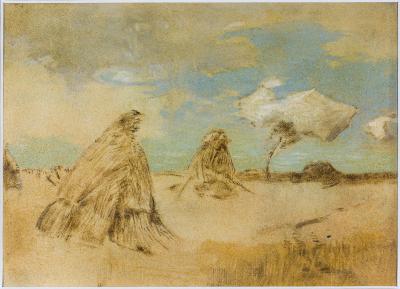
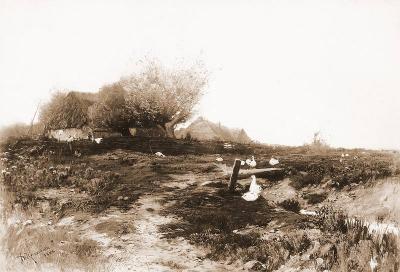
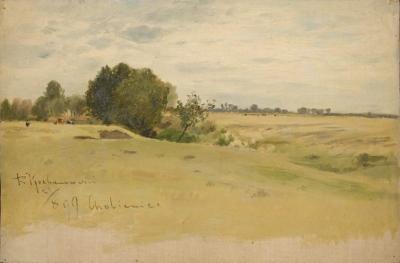
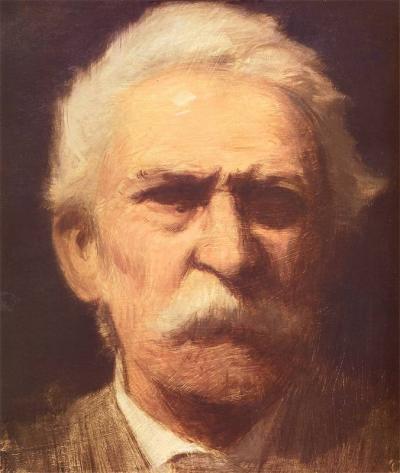
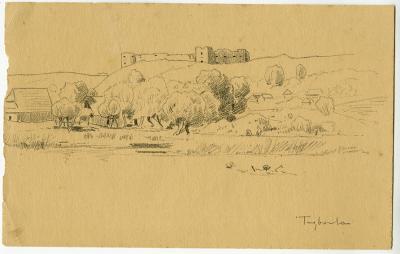
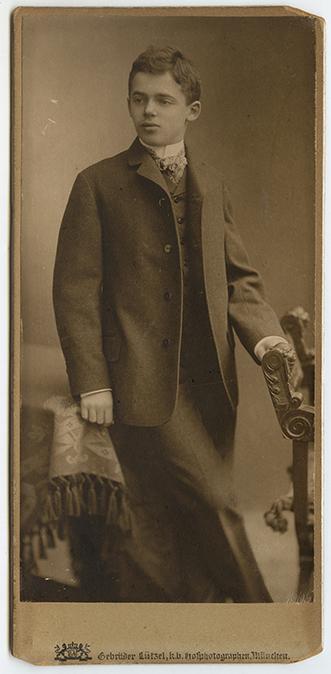
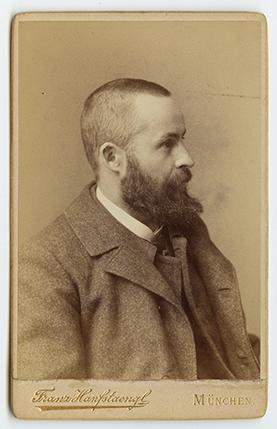
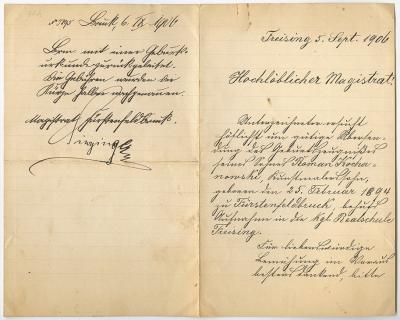
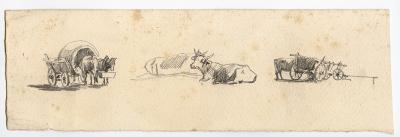
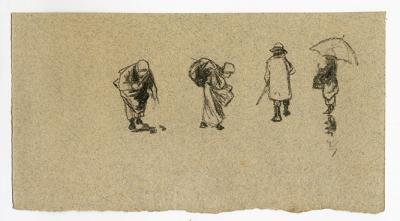
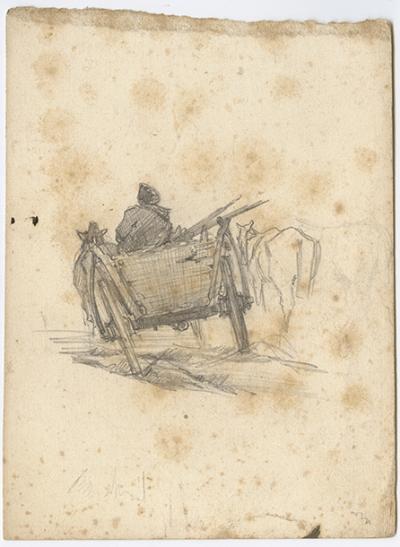
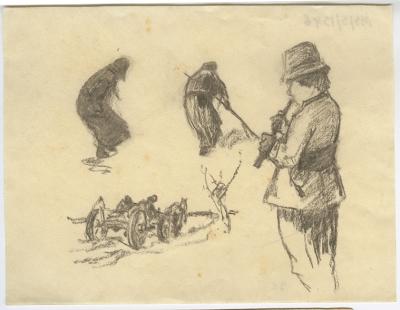
![Roman Kochanowski, Engelsberg [Bavaria] Roman Kochanowski, Engelsberg [Bavaria] - Roman Kochanowski, Engelsberg [Bavaria], photo, photographic paper on board, 14.5 x 19.5 cm](/sites/default/files/styles/width_100_tiles/public/assets/images/009%20fot%201ms-s-1035-18%20view.jpg?itok=Yramc6Ij)
![Roman Kochanowski, Wieliczka [near Kraków] Roman Kochanowski, Wieliczka [near Kraków] - Roman Kochanowski, Wieliczka [near Kraków], photo, photographic paper on board, 14.5 x 19.5 cm](/sites/default/files/styles/width_100_tiles/public/assets/images/010%20fot%20R.%20Kochanoskiego%2C%20Panorama%20Wieliczki.jpg?itok=19YPFxaN)
